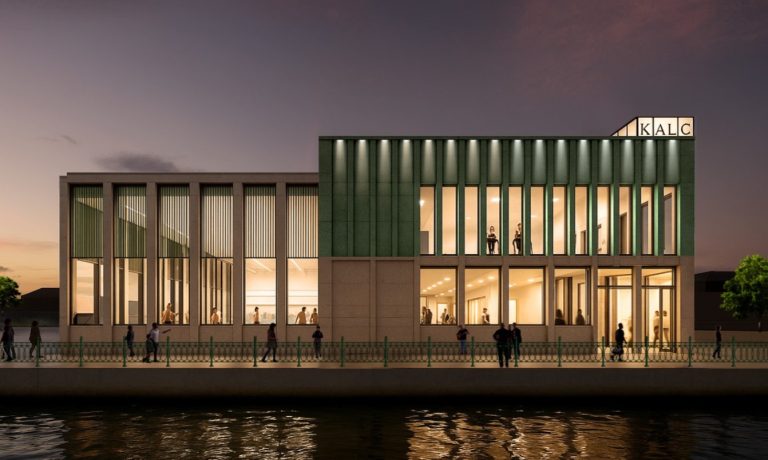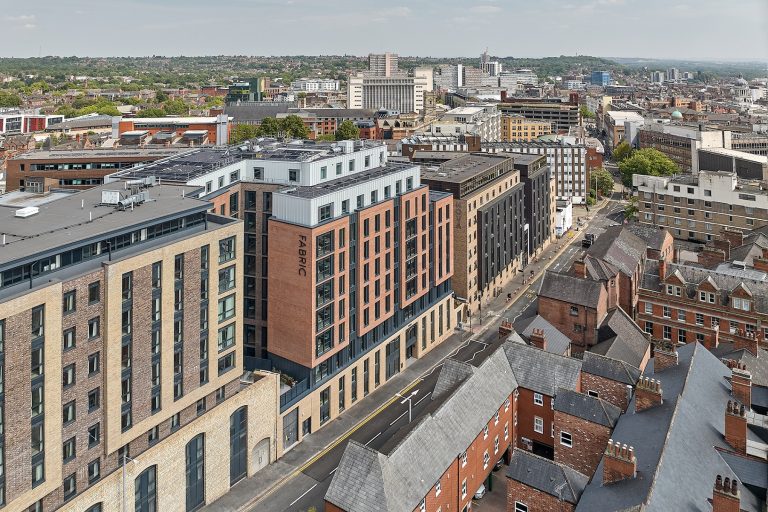Stanhope and Cheyne Capital have taken the reins of Row One, a landmark consented development on London’s South Bank previously owned by Landsec. The partners have acquired the 1.24-acre site between London Bridge and Southwark Bridge, close to Borough Market and Tate Modern, and will now steer delivery of a best-in-class office building with a gross development value of around £450m. With demolition already complete, enabling works will pave the way for the main contract to begin in early 2026, followed by an anticipated two-year build. The consented scheme comprises two basement levels and 11 storeys above ground, providing 235,000 sq ft of flexible Grade-A workspace supported by 15,000 sq ft of retail at ground level. Generous terraces and outdoor areas are planned to maximise the site’s riverside setting and create the kind of amenities increasingly sought by occupiers. Stanhope will act as development and asset manager, drawing on a London pipeline that currently includes 70 Gracechurch Street, One Undershaft, The British Library and 1 Victoria Street. The company’s investment head, Joe Binns, called Row One “a rare opportunity to acquire a significantly de-risked, best-in-class office development in one of London’s most vibrant sub-markets”. He highlighted the South Bank’s continuing evolution as a complementary business district to the City, and pointed to a tightening supply of Grade-A space towards the end of the decade as a key context for the acquisition. “There is an opportunity for high-conviction investors to play a crucial role in ensuring the capital retains its position as a pre-eminent global business hub,” he said, adding that the deal brings another blue-chip capital partner into Stanhope’s orbit. Cheyne Capital, an alternative investment fund manager with a growing presence in real estate, will provide funding alongside Stanhope and help to shape the project’s sustainability ambitions. Nick Grosse, director in Cheyne’s Real Estate Group, said the partnership would deliver “a best-in-class office building distinguished by exceptional ESG credentials, design quality and occupier amenities”. He noted that the scheme already benefits from planning consent and significant site preparation undertaken under Landsec’s stewardship. Occupier expectations are central to the brief. The design is set to prioritise daylight, access to outdoor space, and high-performance building systems that reduce operational carbon and enhance resilience. Excellent connectivity—by rail, Tube, riverboat and active travel—adds further weight to the location’s appeal, while the retail accommodation aims to knit the ground plane into the neighbourhood’s established food, culture and leisure offer. For London’s office market, Row One is another signal that capital is flowing into highly specified, well-located, consented schemes with clear delivery pathways. While secondary stock faces tougher headwinds, prime developments that can demonstrate environmental leadership, strong amenities and transport links are continuing to move forward. If Row One advances on its current timeline, the project will complete into a market that many expect to be short of new Grade-A floorspace—particularly in amenity-rich, mixed-use districts such as the South Bank. As the team progresses design, procurement and enabling works, attention will focus on locking in the building’s sustainability credentials and tenant experience, alongside the rhythm of a construction programme set to begin in 2026. For now, the change of ownership marks a fresh chapter for a prominent riverside site—and another statement of confidence in central London’s long-term office fundamentals. Building, Design & Construction Magazine | The Choice of Industry Professionals












